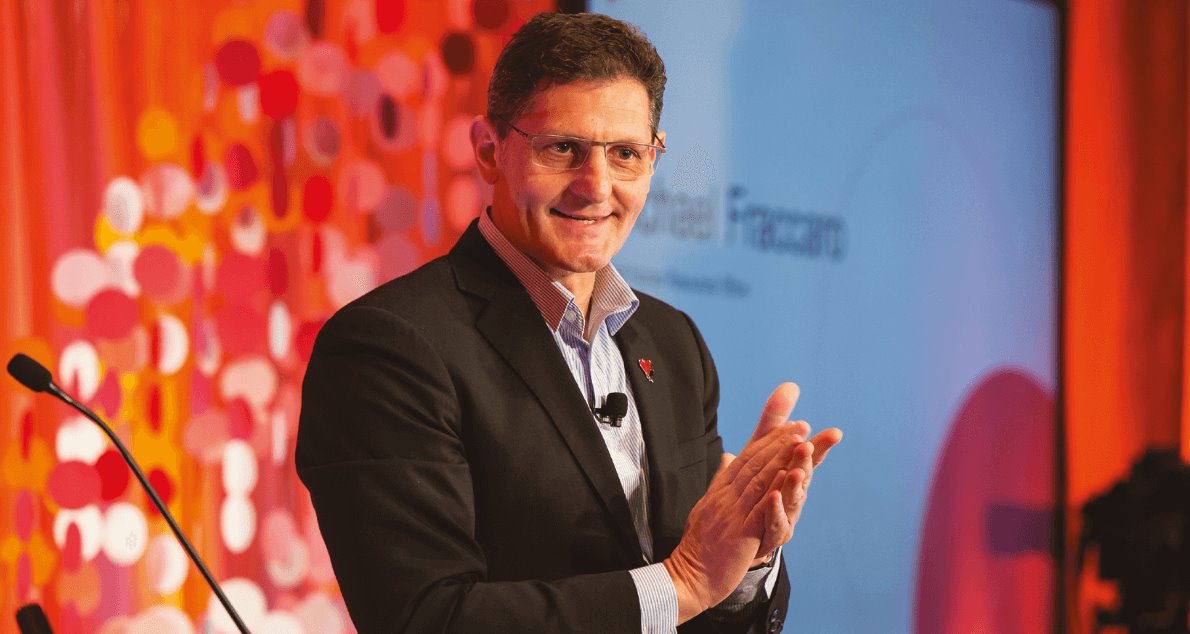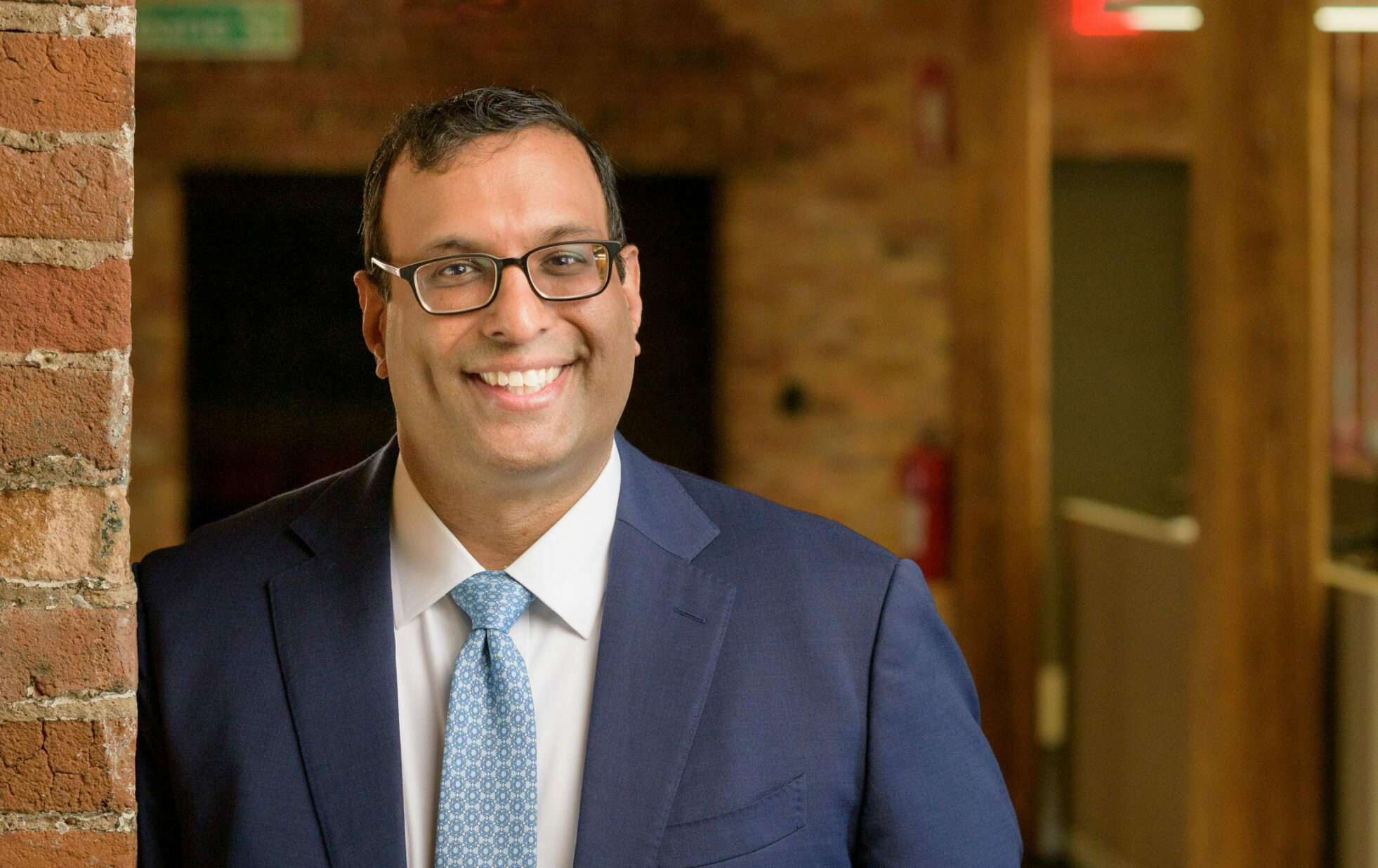The intersection between the natural world and business finance is evolving quickly.
Over 25 years ago, I was doing research in the rainforests of Costa Rica and Panama. I studied the impacts of deforestation, marveled at the jungle’s cornucopia, and avoided getting dengue fever or malaria. I thought, “Success. I’m on my path to changing the world.” But I was wrong. Presenting to and writing for purely academic audiences was not enough.
I began a new path, working in environmental private equity during my PhD program. This experience helped me understand the power of capital and entrepreneurship to generate market-rate financial returns, while also tackling environmental challenges. I subsequently continued to move away from my environmental science roots – or so it seemed – as I worked in impact investment banking, coaching climate tech CEOs, and teaching energy finance and ESG investing at Duke University.
Until recently, it was unimaginable that my two disparate worlds – forest preservation and private capital markets – would overlap. Yet they are now increasingly aligned.
Recent headlines highlight the importance of understanding the intersection between nature and finance. Analysis by the World Economic Forum and PwC finds that half of the world’s GDP is “moderately or highly dependent on nature.” In early 2024, it was reported that more than 300 organizations from 46 countries have committed to additional voluntary corporate reporting via the new nature-based reporting framework, the Taskforce on Nature-related Financial Disclosures (TNFD) [see page 26].
There are two primary ways for companies to capitalize on these natural capital trends: growing revenue, and reducing costs and risks.
1. Grow revenue
Research from Bain suggests that the share of revenue from circular products and services by 2030 could grow 30% from its 2021 levels. The old model – “take, make, and dispose” – assumes a linear throughput from supply chains to customers to landfills. However, new thinking is advancing industry towards a circular economy.
The European Parliament defines circularity well: “A model of production and consumption, which involves sharing, leasing, reusing, repairing, refurbishing and recycling existing materials and products as long as possible.” Companies that are implementing circular models well include outdoor clothing brand Patagonia, whose “Worn Wear” program facilitates the repair, reuse and recycling of customer clothing. That generates premium pricing – and fiercely loyal customers. Sports brand Adidas has developed a “Three Loop Strategy,” which includes recycling plastic waste, designing footwear to be remade, and using renewable resources and natural processes, creating passionate supporters and new product innovation. And furniture firm Ikea operates a “Buy Back & Resell” program, allowing customers to exchange old Ikea furniture for in-store credit, earning kudos from a range of stakeholders and repeat buyers.
These trends are also increasingly apparent among venture capital-funded startups. Many have made circular economy alignment core to their strategy, and at least 11 such startups have become unicorns – valued at over $1 billion – since 2020. These include companies such as BackMarket, which deals in refurbished electronics; Apeel, which produces biomaterials to reduce food waste; Wallapop, a used goods marketplace; Grover, a technology rental platform; and Vinted, the fashion reselling platform.
But this is just the tip of the iceberg. The Ellen MacArthur Foundation’s Circular Startup Index tracks hundreds of sustainable material innovators working towards similar goals. One of the key ideas that is helping numerous companies grow the top line and capture market share by working with nature is the application of biomimicry. The consultancy Biomimicry 3.8 defines biomimicry as “learning from and then emulating nature’s forms, processes and ecosystems to create more sustainable designs.” Biomimetic product innovation includes examples such as Greenpod Labs, which produces packaging sachets that reduce food waste by mimicking plant-inspired extracts. Velcro has developed non-chemical adhesive, influenced by the seeds of the burdock plant, while Soliome has produced non-toxic sunscreen inspired by compounds found in the lens of the human eye.
2. Reduce costs and risks
According to the Journal of Accountancy, in 2022, 98% of companies globally reported on corporate sustainability efforts, and 69% obtained third-party assurance for some of their sustainability disclosures. This trend has been particularly evident over the last three years for forestry-related corporate impacts. Three key developments stand out. First was the launch of TNFD in 2021, encouraging disclosure and accountability on its four pillars including governance, strategy, risk and impact management.
Secondly, in 2022, over 1,000 large companies – a number that has grown three-fold in just five years – reported on their deforestation management via CDP (originally the Carbon Disclosure Project), a global NGO supported by 680 financial institutions with more than $130 trillion in assets that tracks 10,000+ companies disclosing their environmental data. CDP’s report, “The Forest Transition: from Risk to Resilience,” notes that, on average, reporting companies had about $300 million at risk – while noting that mitigating those forest-related risks might take just $17 million. (Those numbers are significant, yet they pale in comparison to the Boston Consulting Group’s estimate of the total value of the world’s forests, of $150 trillion: approximately double the value of global stock markets.)
Third, in 2023, 140 countries signed the Glasgow Leaders’ Declaration on Forests and Land at COP26, which aims to “reduce forest loss and degradation, while promoting an inclusive rural transformation”.
The move towards more responsible supply chains is about more than just managing public relations and stakeholder risks. Research by Deloitte and the Circle Economy Foundation indicates that while 100 billion tons of virgin materials are extracted from the Earth annually, only 7% of the materials consumed by the global economy are secondary. Waste is usually a sign of inefficiency, an enemy of well-managed companies: there is clearly much room for improvement in cost reductions via a more circular approach.
The impetus for new ideas
Forests are not just for hiking. They represent an impetus to rethink product design, lifetime value and corporate risks. From current and future investors to customers and employees, your stakeholders are watching to see how you value these precious assets.



